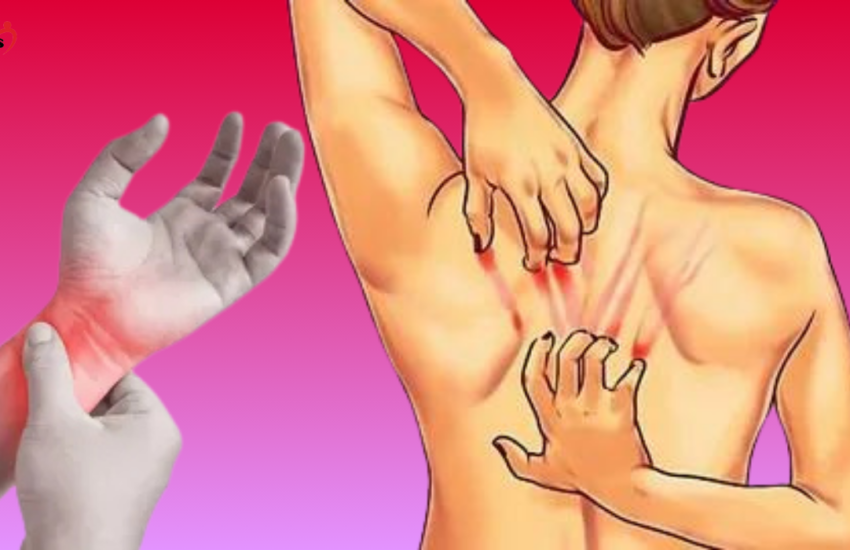Red flat on the skin: symptoms and plants
Red spots or rashes on the skin, also referred to as erythema, can be concerning, impacting a person’s daily life and comfort. These spots can appear anywhere on the body and vary in size, shape, and severity. While some red spots may be harmless and temporary, others can point to a deeper health issue that may require medical intervention. In this article, we will explore common causes, symptoms, diagnostic methods, treatment options, and prevention tips for red spots on the skin.
Common Causes of Red Spots on the Skin
Red spots on the skin can result from various causes, including skin conditions, infections, allergic reactions, and more. Here are some of the most common causes:
Skin Conditions:
- Eczema: A chronic skin condition that leads to itchy, dry red patches.
- Psoriasis: An autoimmune disorder that causes scaly red patches to form on the skin.
- Contact Dermatitis: An allergic or irritant reaction that causes red, itchy rashes.
- Pityriasis Rosea: A rash that begins as a single larger patch, often found on the chest, back, or abdomen.
Infections:
- Bacterial Infections: Conditions like impetigo or folliculitis can cause red, pus-filled bumps.
- Viral Infections: Viruses such as chickenpox or measles can cause red spots or rashes.
- Fungal Infections: Fungal issues like ringworm or candidiasis may result in small, red, scaly patches.
Insect Bites and Stings:
- Bites from mosquitoes, fleas, or stings from bees may lead to red, swollen bumps on the skin.
Allergic Reactions:
- Exposure to allergens in food, medications, or the environment can trigger red, itchy hives or rashes.
Heat Rash:
- Excessive sweating, especially in hot and humid conditions, can clog pores, leading to small red bumps, particularly in areas like the armpits.
Vascular Conditions:
- Cherry Angiomas: Small, bright red bumps caused by dilated blood vessels.
- Petechiae: Small, flat, red spots resulting from bleeding under the skin.
Symptoms of Red Spots on the Skin
Symptoms vary depending on the underlying condition, but common signs of red spots may include:
- Size Variations: Red spots can range from tiny dots (petechiae) to larger patches or raised bumps (papules).
- Itching: Itching can vary from mild to severe and may be accompanied by scaling, crusting, or swelling.
- Pain or Tenderness: Pus-filled blisters may be painful or tender to the touch.
- Swelling: Infections or insect bites can cause swelling around red spots.
- Fluid Drainage: Some red spots may ooze fluid or blood.
- Systemic Symptoms: Additional symptoms, such as fever, fatigue, or joint pain, may indicate an infection or inflammation.
Diagnosis of Red Spots
To determine the cause of red spots, doctors may use the following methods:
- Physical Examination: The doctor will examine the appearance and distribution of the red spots and assess any associated symptoms.
- Medical History: Information about recent exposures, medications, or underlying health conditions may help identify the cause.
- Blood Tests: Blood tests can help detect infections, allergies, or autoimmune disorders.
- Allergy Testing: To identify specific allergens, the doctor may suggest allergy tests.
- Skin Biopsy: In some cases, a skin biopsy may be performed to analyze a small skin sample under a microscope to rule out more serious conditions.
Treatment Options for Red Spots
Treatment for red spots varies depending on the underlying cause. Here are some common treatments:
Topical Medications:
- Corticosteroid Creams: These reduce inflammation and itching.
- Antifungal Creams: Used for fungal infections.
- Antihistamines or Calamine Lotion: These can help relieve itching from insect bites or allergic reactions.
Oral Medications:
- Antibiotics: Used for bacterial infections.
- Antiviral Medications: Prescribed for viral infections.
- Immunosuppressants or Biologic Medications: Used to treat autoimmune conditions like psoriasis.
Phototherapy: Exposure to ultraviolet light can help treat skin conditions such as psoriasis and eczema.
Lifestyle Modifications:
- Avoid triggers and irritants that may worsen the condition.
- Practice good hygiene and proper skincare.
- Cold Compress: Applying cool, wet cloths can soothe heat rashes.
Home Remedies:
- Natural remedies like oatmeal baths, aloe vera, honey, coconut oil, baking soda paste, or olive oil may help relieve symptoms.
Prevention Tips for Red Spots on the Skin
While some red spots are unavoidable, several preventive measures can help reduce their occurrence:
- Protect Your Skin: Use sunscreen and wear protective clothing to shield your skin from the sun’s harmful rays. Avoid known allergens and irritants.
- Practice Good Hygiene: Wash your hands frequently and cleanse your skin to avoid infections. Treat cuts and wounds promptly to prevent bacterial infections.
- Stay Hydrated: Drink plenty of water and moisturize your skin regularly to keep it healthy and hydrated.
- Manage Stress: Stress can worsen skin conditions, so practice stress-reducing activities like meditation or yoga to help manage flare-ups.



